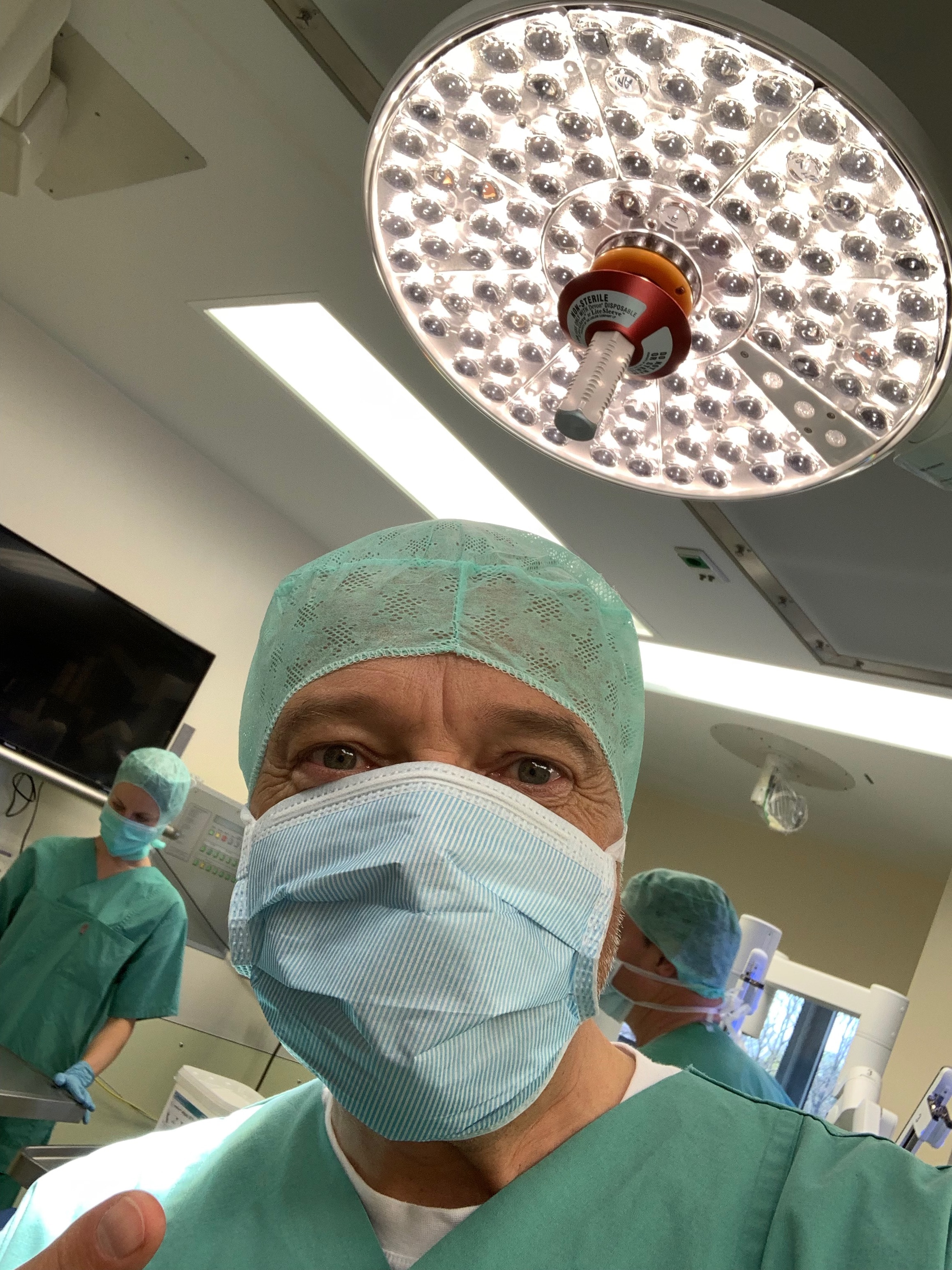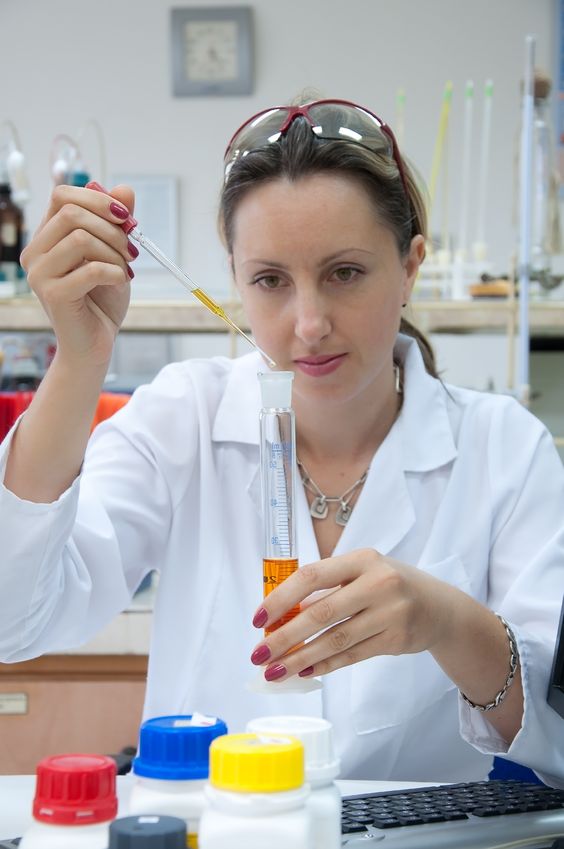Surgery
Most treatment for breast cancer involves surgery. The aim of surgery is to remove the cancer cells from your breast. The kind of surgery you have will depend on your breast cancer.
Every woman is different and every woman’s treatment plan will be different. Discuss all your options with your surgeon carefully and don’t feel pressured to make a quick decision. Ask your surgeon to explain the advantages and disadvantages of all the options available to you.
On these pages, you’ll find out more about:
The different types of surgery
Lumpectomy or partial mastectomy
This is sometimes known as breast-conserving surgery and involves the removal of only the cancerous lump and some of the surrounding normal tissue. The amount of tissue removed can vary greatly with this type of surgery. It is usually followed up with radiation therapy.
Mastectomy
A mastectomy involves the removal of the entire breast. In some cases a mastectomy may be more extensive and involve the removal of lymph nodes under the arm. Depending on your breast cancer and your surgeon it may be possible to have breast reconstruction surgery at the time of a mastectomy, but you may also be able to have this reconstruction surgery performed at a later date if you prefer. Discuss this option carefully with your surgeon. In some parts of the country, there can be long waits for reconstruction surgery delayed until after mastectomy.
Removal of lymph nodes
If cancer cells have spread from the breast, the first place they are often found is in the lymph nodes under your arm. There are two types of surgery to remove the lymph nodes:
-
axillary lymph node dissection which involves removing all lymph nodes under your arm, including the affected nodes and unaffected nodes, usually at the same time as your mastectomy or lumpectomy.
-
sentinel node biopsy is a newer technique and allows your surgeon to identify the first nodes to be affected by cancer. A small amount of radioactive dye is injected into the tumour site a few hours or a day before your surgery. As this dye drains through the lymphatic system it shows where the cancer cells may have spread to and allows your surgeon to pinpoint the lymph nodes that need to be removed.
If you have surgery to remove lymph nodes you may be at risk of developing lymphoedema. Read our section on lymphoedema, for more information.
Breast reconstruction
This involves recreating the appearance of a breast after a mastectomy. There are several different reconstruction options, including:
-
Breast implants
-
Latissimus dorsi flap
-
Abdominal tissue reconstruction
Find out more about these on our breast reconstruction page. Remember, you don’t need to make a decision on breast reconstruction immediately. Some women decide that reconstruction is the right option for them, while many others choose never to have reconstruction surgery.
Find out more
-
For more information on best practice surgical treatment for early breast cancer, check out the surgical section of the NZ Guidelines on the Management of Early Breast Cancer
-
Go to the next page on recovery from surgery or surgery side effects.
-
Read our breast reconstruction page.








